
The Spark and the Vessel: Why the Redemption May Begin with Hebrew Roots
B"H
The other hand of A Torah-Based Critique of the Hebrew Roots Movement’s Conspiratorial Thinking

Part I: The Movement Cannot Be Redeemed
The Hebrew Roots Movement, as an ideology and theological system, cannot be redeemed.
It is built on:
• Rejection of both Judaism and Christianity.
• A counterfeit attempt to live Torah without rabbinic tradition.
• Deep suspicion of the Oral Law, Talmud, and halachic authorities.
• A foundation of conspiratorial thinking that obscures truth with layers of speculation.
It borrows the clothing of Torah while refusing its structure. It sings Hebrew songs but refuses to listen to the voices of Sinai’s transmission.
Because of this, it functions more like a spiritual orphanage than a covenantal family. The system is broken.
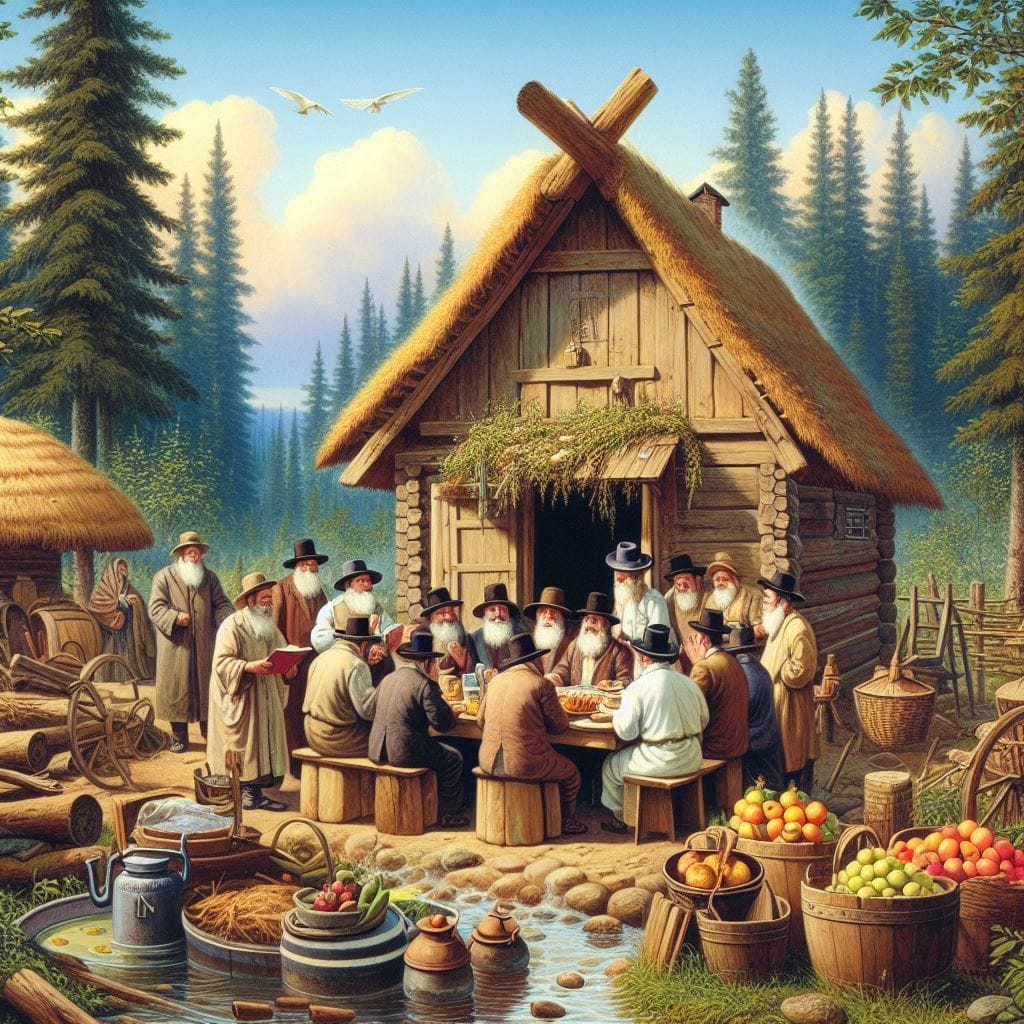
Part II: The Individuals Can Be
But within that broken system are individuals filled with longing, courage, and sincerity.
Many in Hebrew Roots are not playing games.
They:
• Hunger for truth.
• Are willing to give up everything for what they believe is righteous.
• Often live more committed, Torah-like lives than those in either Christianity or secular Judaism.
They grow their own food, tie their own tzitzit, make their own candles. They live in rural areas, off-grid, building altars and lighting Shabbat candles — sometimes in ignorance, sometimes in error, but always in earnestness.
These individuals carry a spark. It is not yet Torah — but it is a cry for it.
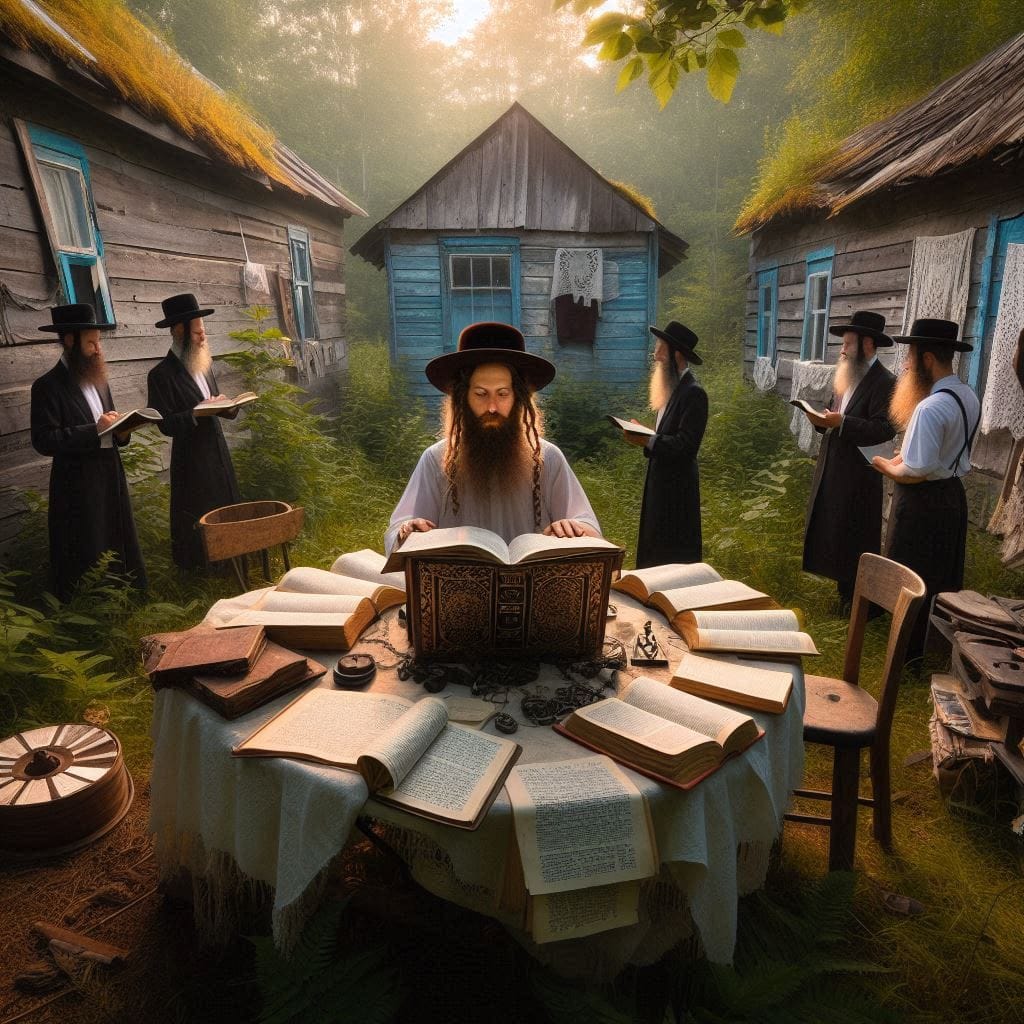
Part III: The Key Is Halacha
The one thing they resist is the one thing they need most: halacha — Jewish law, the Oral Torah, the tradition of the sages.
This is what gives Torah its shape, its continuity, its sanctity.
• Without halacha, Torah becomes personal interpretation.
• Without halacha, observance becomes performance, not obedience.
• Without halacha, the covenant becomes imagined, not inherited.
The Oral Law is not the 70 volumes of Artscroll's Talmud nor Koren's 40 volumes..
It's the legal rulings contained in The Talmud..
Which is only about 15-30 percent of the Talmud..
When a Hebrew Rooter accepts halacha, everything changes. They are no longer wandering in a spiritual desert.
They are stepping onto the path of mitzvot — walked by Avraham, Moshe, the Tannaim, the Amoraim, the Geonim, and the Baalei Teshuvah of every generation.
They are not becoming religious — they are becoming real.
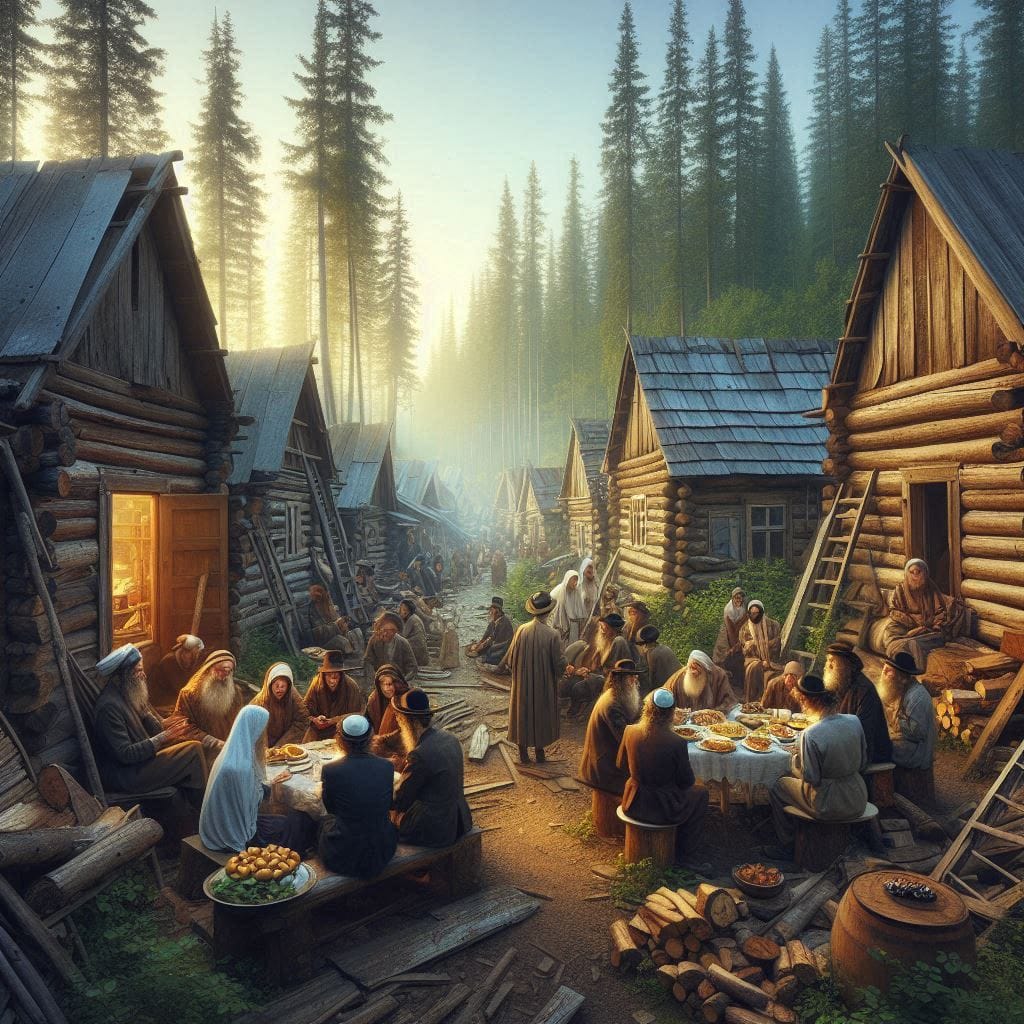
Part IV: They Carry What We've Lost
Mainstream Judaism — especially in the West — often lacks what Hebrew Rooters still carry:
• Righteous anger at corruption.
• Fearless pursuit of justice, even within their own circles.
• A fierce independence that refuses to follow leaders who cover up evil.
Earlier generations of Judaism understood this.
As Sefer Chasidim says:
If a Jewish woman is raped by a Jewish man and the Jewish community is silent, she should report him to Gentile authorities — even to see him executed.
(Sefer Chassidim (Book of the Pious) is a text attributed to Judah ben Samuel of Regensburg (died 1217), a foundation work of the teachings of the Ashkenazi Hasidim.)
But today?
Silence. Lashon hara becomes a shield for corruption. Kavod haRav becomes a license for abuse.
Hebrew Rooters still say what others are afraid to say. They act. They fight. They protect victims.
If that fire were joined with halacha, it would be unstoppable.
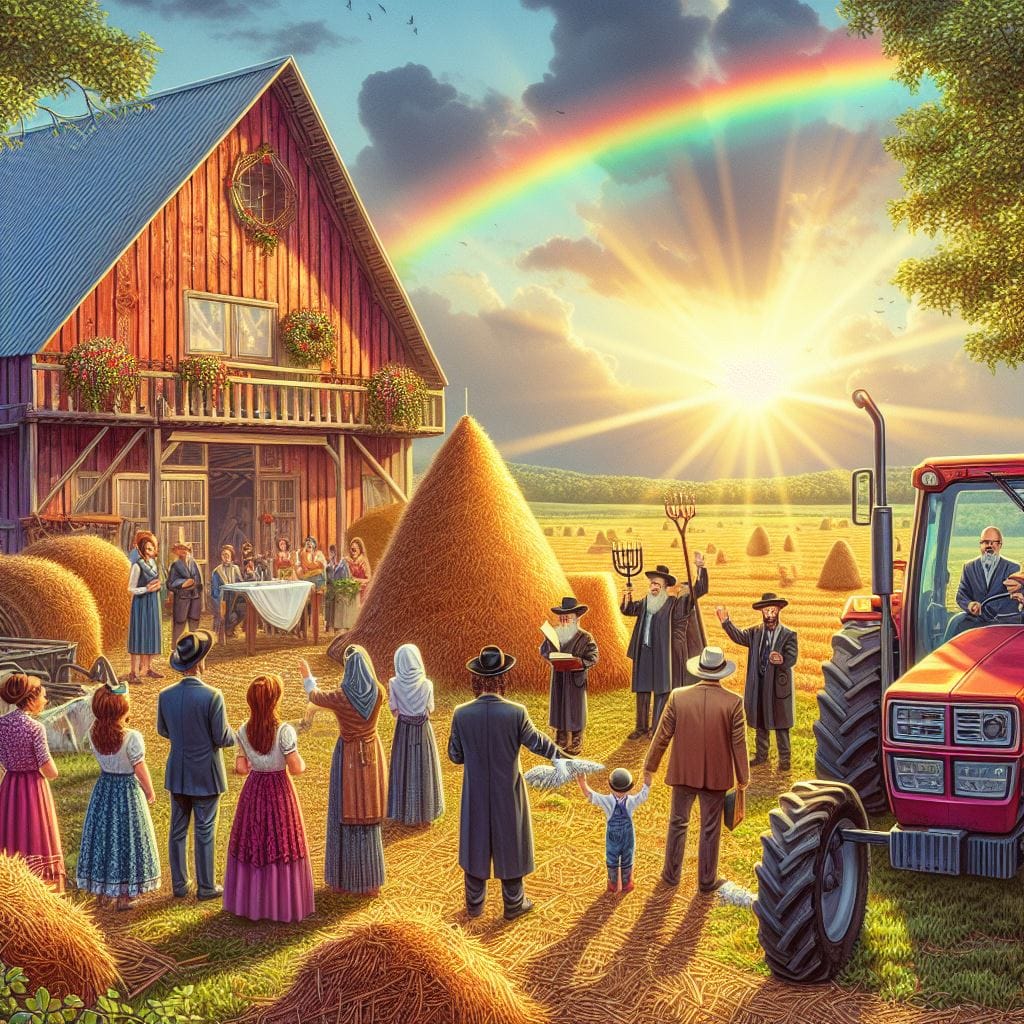
Part V: Redemption Depends on the Merge
This is why they may hold a key to redemption.
• Not because their theology is correct — it isn’t.
• Not because they’re “part of Israel” — they’re not, halachically.
• But because they are the only group outside of Judaism that is crying out for Torah with sincerity and sacrifice.
If they merged that cry with submission to halachic truth, then what we would see is not a new religion.
We would see revival.
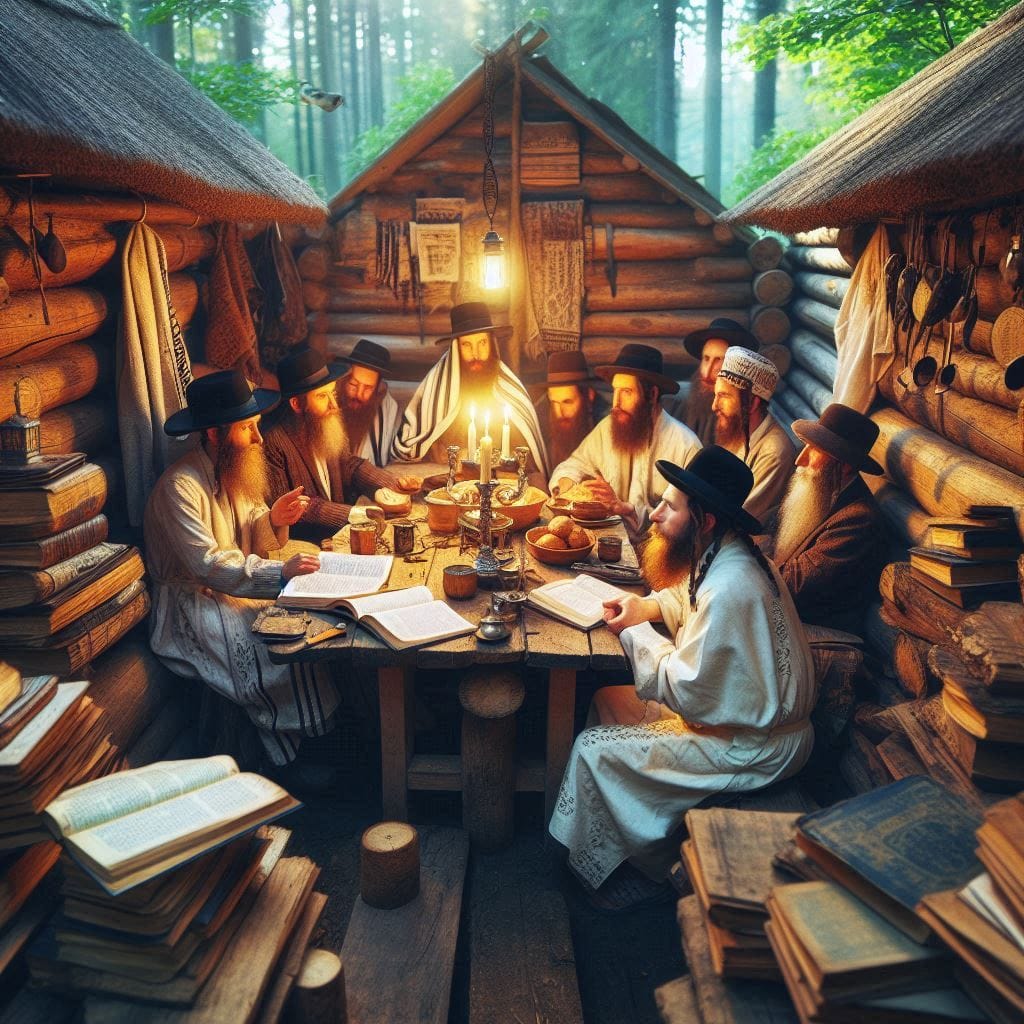
Part VI: The Unfinished Journey — Hebrew Roots and the Potential for Transformation
There is hope. And not just vague hope — radical, prophetic hope.
The Hebrew Roots Movement is often dismissed by both mainstream Judaism and Messianic circles, yet it may represent something unique: a raw, untamed potential that, if fully realized through halacha, could reshape the Jewish landscape.
This is not about rejection. It’s about recognition.
The individuals in this movement are doers, not theorists. They embody a work ethic, a spiritual hunger, and a self-sufficiency that most religious movements envy. While many “Messianic Jews” debate theology in university settings and cling to pseudo-academic distinctions,
Hebrew Rooters are:
• Slaughtering their own chickens.
• Making their own candles.
• Tying their own tzitzit.
• Living on the land.
• Keeping Shabbat in isolation.
But they’re missing one thing: halacha.
This isn’t just a religious gap — it’s a psychological and spiritual block. They’ve been taught to fear “rabbinic law,” to see it as man-made, oppressive, even anti-Messiah. But this is a tragic misunderstanding. Halacha is not the enemy. It is the blueprint.
Their rejection of halacha often stems from trauma: from church betrayal, from theological deception, from institutional distrust. But in rejecting rabbinic tradition, they also reject the very lifeline that has kept Torah alive for 3,000 years.
They want the house of Torah — but refuse the blueprints.
They want to be Israelites — without the covenant that defines Israel.
And yet… people change.
Many Hebrew Rooters, as they mature, begin to realize the paradox of trying to keep Torah without rabbinic tradition. They begin to seek out rabbis, study Jewish Law (Halacha), and ask questions that lead them home.
Some do take the final step — undergoing proper halachic conversion, joining the Jewish people, and embracing the yoke of the mitzvot. And when they do, many say: “Why did I wait so long?”
Will there be a mass transformation? Likely not soon.
But the seeds are there. The sparks are lit. And history has shown that movements do evolve — especially when they carry divine longing.
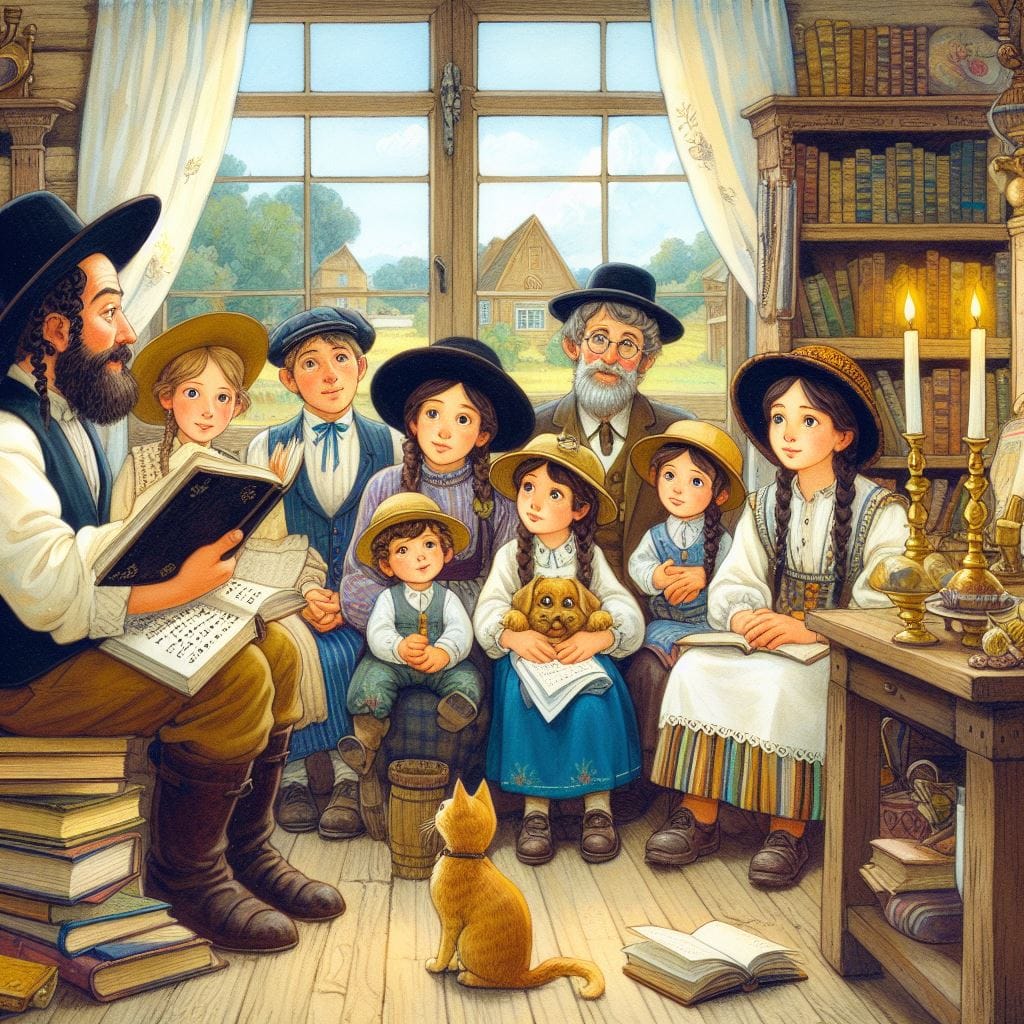
Part VII: Cottagecore, Frontier Torah, and the Return to the Land
To understand the pull of the Hebrew Roots Movement, we must also recognize its aesthetic soul — something deeper than theology.
Many adherents live lives that reflect the cottagecore and homesteading ideal:
• Growing their own food.
• Keeping livestock.
• Making tzitzit by hand.
• Observing the festivals through seasons and soil.
• Tending gardens, homeschooling their children, lighting candles in log cabins.
This lifestyle isn’t just nostalgic. It’s a spiritual instinct — a yearning for Gan Eden, for the agrarian Torah of Avraham and Rivkah, of Boaz and Ruth.
No media embodies this yearning better than cottagecore and homesteading.
This is a blueprint of:
• Family around a fire.
• Seasonal rhythms.
• Faith under hardship.
• Simplicity infused with meaning.
Hebrew Rooters live in that rhythm. They live what much of urban religious Judaism has lost.
But the paradox remains: they live like our ancestors, but without the Torah’s halachic foundation.
They’re building the house without the blueprints.
And that’s why they’re so close.
They’ve rebuilt the home of Torah — now they need the keilim, the vessels of halacha, to sanctify it.
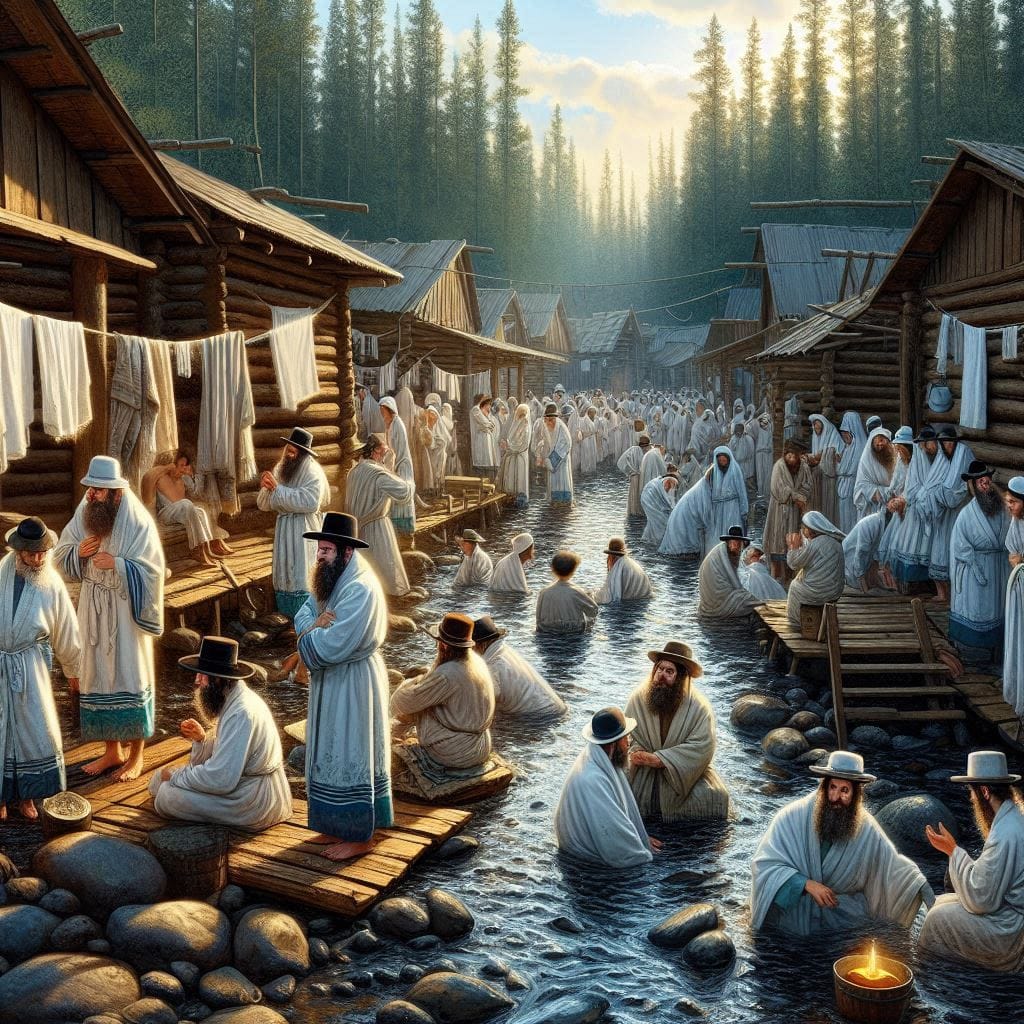
Conclusion: Are They Willing to Take the Final Step?
Judaism is not a culture. It’s not an ethnicity. It’s not a flavor of religion. It is Torah and halacha.
The two are inseparable.
And so we ask:
• Can the spark of Hebrew Roots be gathered into the vessel of halacha?
• Can those wandering in theological exile return, not as rebels, but as builders of a new dawn?
• Can the flame of righteousness be disciplined into the light of mitzvah?
The answer lies in each soul still standing at the threshold.
The gate is open.
The Torah waits.
The redemption may begin with the one who takes that final step —
not by shouting louder, but by bowing lower, into the ancient fire of truth.
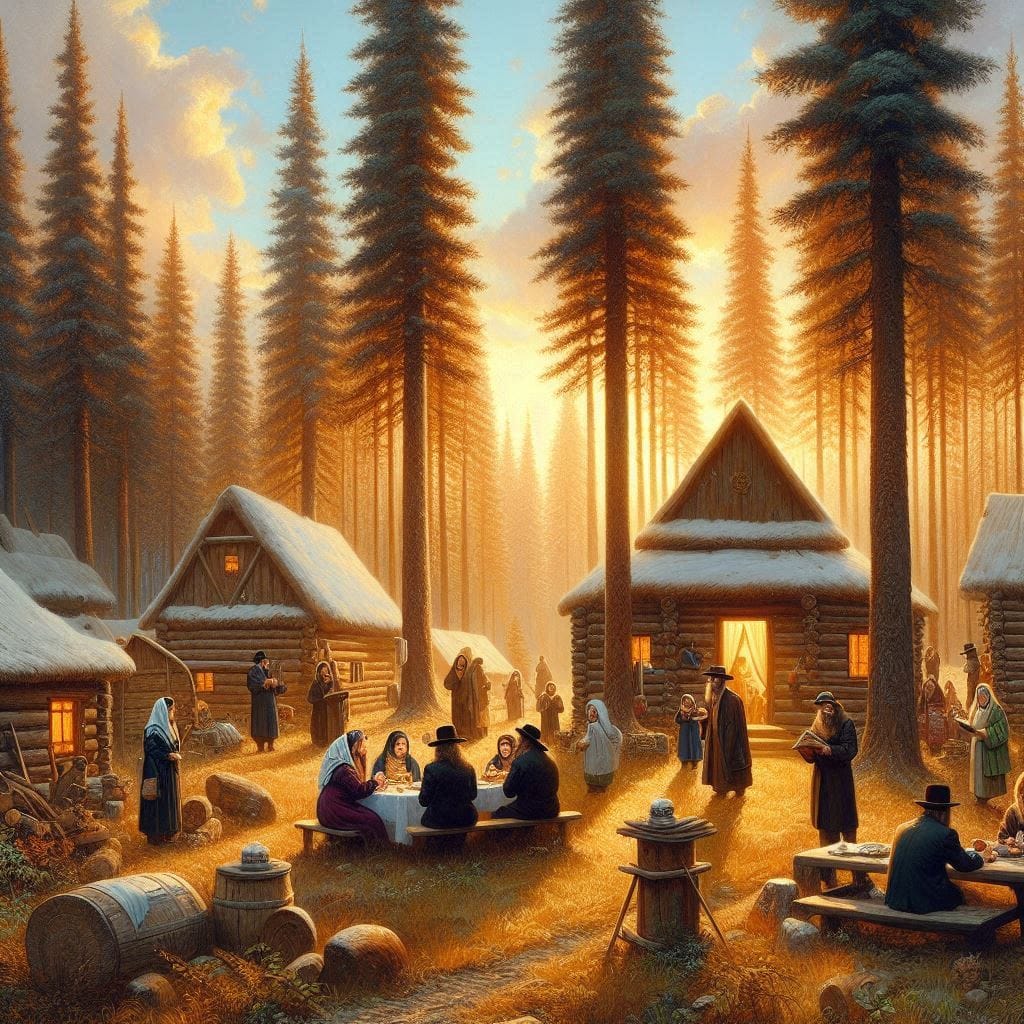
Subscribe now.
Sign up for our newsletter to get the most interesting stories of the day straight to your inbox before everyone else
Created with © systeme.io • Privacy policy • Terms of service


